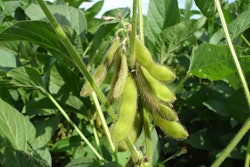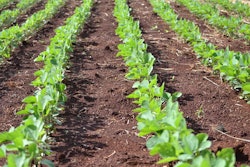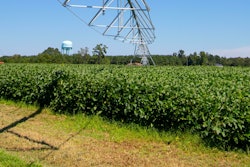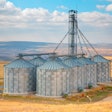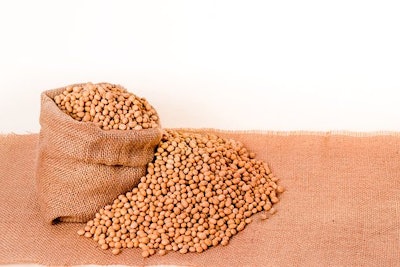
U.S. Crop Progress
Corn planting progress was slightly slower than expected at 80% complete versus 67% last week, but ahead of average at 68%.
61% of the corn crop has emerged, up 41% from last week and compared to 35% average.
Soybean planting jumped from 42% complete last week to 61% complete, well ahead of the 37% average.
Soy emergence was reported at 20% compared to 10% last week and 12% on average.
Spring wheat planting has reached 85% complete compared to 70% last week, and 71% average.
Winter wheat condition ratings were down slightly to 48% good to excellent from 49% last week, versus 52% last year
Cotton planting is 38% complete versus 25% last week, and just behind the 40% average.
FBN’sTake OnWhat It Means:Progress was slow in the eastern Midwest where the active weather pattern left Ohio as the only state behind average. The forecast calls for rainfall across the southern/central Corn Belt, but is expected to be limited in the east. Temperatures are expected to be normal to above normal which should aid growing conditions. The US crop is off to a fast start, but must maintain excellent conditions to achieve trend yields to cope with the ongoing tight stocks.

Soy Crush Lower Than Expected
NOPA reported the soybean crush in April was 160.3 million bushels, well below average market expectations of 168.7 million.
Crush was down sharply from 178 million bushels in March and 6.7% below last year's April crush of 171.8 million bushels.
This is still the third largest crush recorded for the month of April.
NOPA crush for September through April is 1,389 million bushels, up 25 million from last year.
Crush needs to average 168.5 million bushels per month for the rest of the crop year to reach USDA’s 2,190 million industry crush projection.
April meal production was 3.8 million tons and yield remained high at 47.64 pounds per bushel due to the slow rates.
Due to the lower crush, soybean oil stocks were also less than expected and the lowest for the month since 2015 at 1,702 million pounds.
FBN’sTake OnWhat It Means:NOPA’s crush data for April showed a larger decrease in demand than expected based on the average estimate. It will be hard for the industry to reach the USDA’s crush total for the year as stocks are expected to tighten further. The reduced crush pace is supportive for bean oil, but also shows the industry could make it through the year with minimal stocks.
FBN Market Advisoryservices are offered by FBN BR LLC, dba FBN Brokerage, FBN BR and FBN Market Advisory (NFA ID: 0508695)
The risk of trading futures and options can be substantial and may not be suitable for all investors. Past performance is not necessarily indicative of future results.
This is not an offer or solicitation in any jurisdiction where we are not authorized to do business or where such offer or solicitation would be contrary to the local laws and regulations of that jurisdiction, including, but not limited to, persons residing in Australia and Canada.






